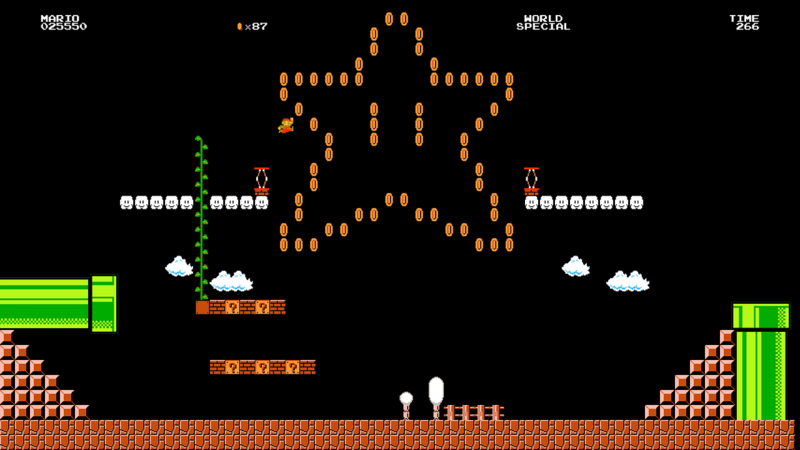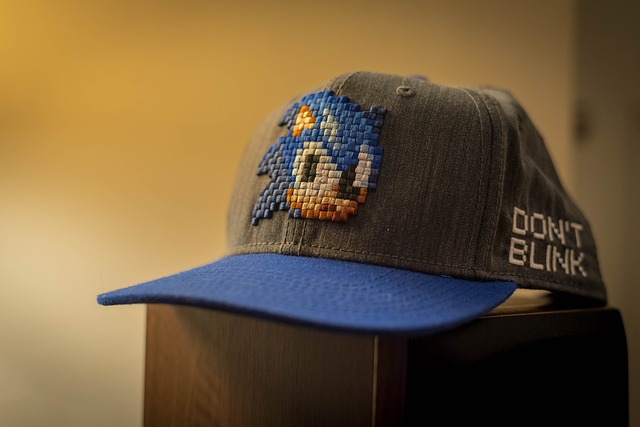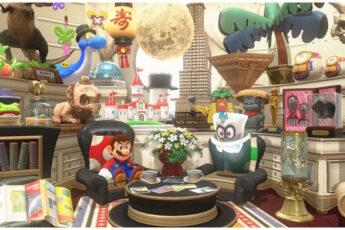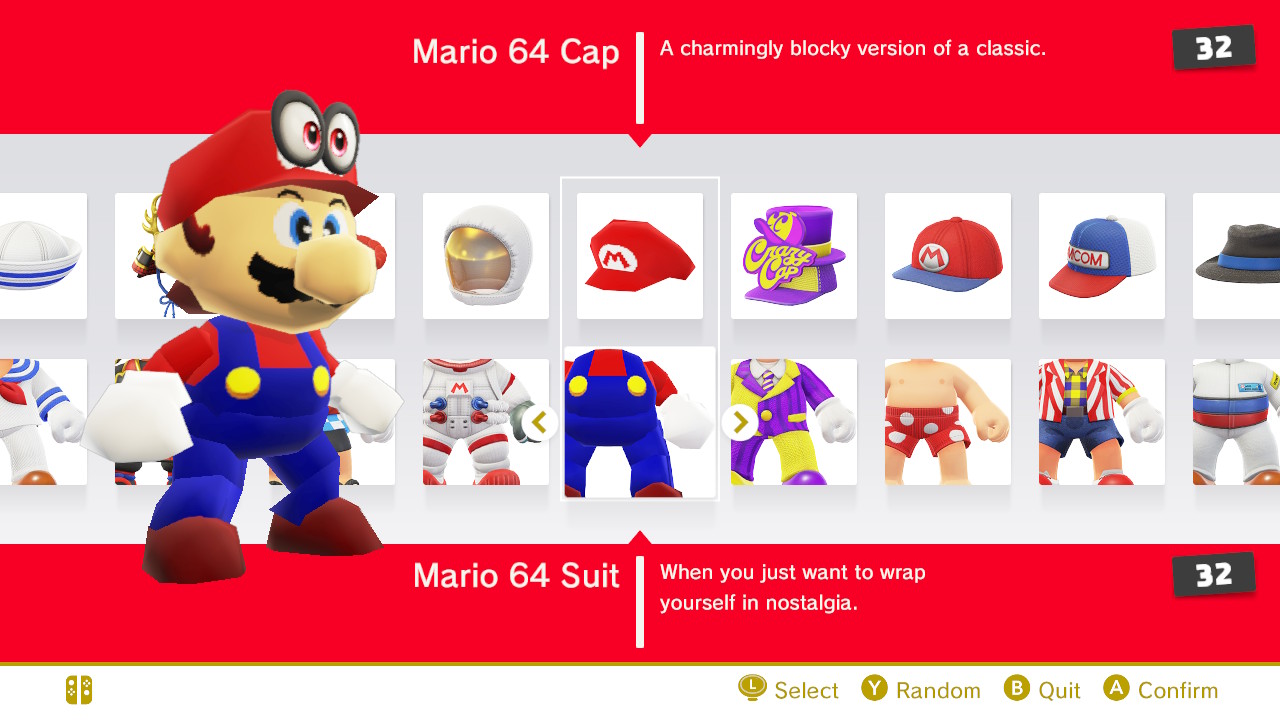Mario vs. Sonic: Comparing their Debuts

[Source: Pixabay]
Sonic and Mario. Mario and Sonic. Once upon a time, these two icons of video gaming history were the fiercest of enemies. You were either a Sega person or a Nintendo person, and that was that.
Today, of course, Sega has long since thrown in the towel in the hardware race and have opted instead for Sonic games on virtually every console released post-2000. Nintendo, meanwhile, has stuck to their formula. Build great consoles and then build great Mario games to take advantage of them.
It’s also fair to say that the rivalry has cooled somewhat. No longer the two biggest names in gaming, Nintendo and Sega have recast the couple as something approximating old friends, pitting them against each other in the Mario & Sonic at the Olympics series and, of course, in multiple Super Smash Bros titles.
With the current state of both Mario and Sonic looking particularly strong, we thought it the right time to compare and contrast their big console debuts. No, we won’t be tackling Mario’s appearance in Donkey Kong, but instead the 1985 NES release of Super Mario Bros. and 1991’s Sonic the Hedgehog. Let’s go!
Level Design
SMB and STH are fundamentally different games with different gameplay priorities, that’s a simple fact. However, they are both platform games from the era and the way that they structure their levels is a fascinating glimpse into how the same genre (platformers) can produce wildly different games.
The best example of this is found in the first levels of each game. Mario 1-1 has become legendary for the sneaky way it teaches you the rules of the game without ever sitting you down and telling you. By the end of 1-1, you know virtually everything you need to know to complete the game.
STH, on the other hand, places great emphasis on its two traits – speed and verticality. You’re Sonic and if you’re not going fast, you’re not doing it right. Whilst Mario’s opening level is a stealth tutorial, Sonic’s opening level is a glimpse into the pace and depth you can expect in the game.
Theming
Mario platformers have a tried and true formula for level theming. Typically, you’ll find Grass, Desert, Water, Fire and Castle levels. Of course, over the years there’s been a huge variation on those themes, but with SMB on NES, with its limited memory cache, level theming and variation wasn’t a strong point for the game.
STH, on the other hand, excels in its theming with the Scrap Brain Zone, Marble Zone, Labyrinth Zone, Marble Zone and more all bringing distinct visual flair.
Its sequel would ramp things up further with the iconic Casino Zone, which, thanks to the popularity of online casinos, is more current than ever – especially in a world where you can go from playing Sonic on your mobile device to a casino app with theme-rich games like Thunderstruck II to play on your phone.
Legacy

[Source: Pixabay]
One thing that both Mario and Sonic can lay claim to is absolutely sterling legacies. For many game developers today, Mario or Sonic was their first interaction with great game design and, as such, both have proven immensely influential.
Although Sonic has only recently rediscovered its roots with the fan-led Sonic Mania games, there can be no denying its importance in video game history.
As for Mario? Well, his games continue to be examples of remarkably inventive game design. From Super Mario Bros have sprung dozens of unforgettable, critically acclaimed titles. The kids of today, just like us, are learning what makes a game great – thanks to Mario.




 Main Mario Mayhem Website
Main Mario Mayhem Website Main Mario Mayhem Website
Main Mario Mayhem Website
Leave a Comment